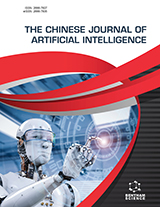Abstract
To be able to differentiate image sequences exhibiting the complex behavior of moving objects and contextual change from image sequences simply experiencing changes in illumination we must be able to characterize the trajectories of these systems in phase space. The Hausdorff dimension provides a theoretical estimate of the fractional dimension of any curve in space; however it is quite difficult to calculate. Fortunately there are a number of approximations to the Hausdorff dimension that will be defined in this chapter, with one of the most common being the Box Counting dimension. The Hausdorff dimension is a global measure of the fractional dimension of a space. One of the goals of many computer vision applications is image segmentation which will require an estimate of the fractal behavior of each pixel in the image. This will require local measures of the fractality of the phase space Fortunately there are a number of local measures that will be available to us. Lastly, fractal dimensional measures will only differentiate between chaotic and non-chaotic trajectories to characterize and differentiate various textures we need measures that will be able to also differentiate between different fractal behaviors. We propose adapting measures used to analyze the Grey-level Co-occurrence Matrix for this purpose due to the structural similarity between the GLCM and the phase plot.
Keywords: Box counting measure, correlation dimension, Hausdorff dimension, global dimensions, local dimensions, Lyapunov exponent, Renyi spectrum, Lacunarity, multi-fractal.






















